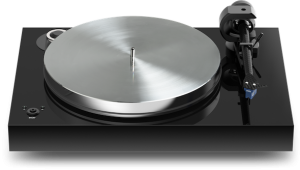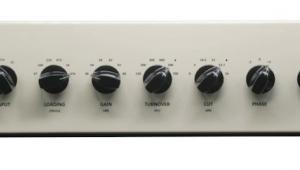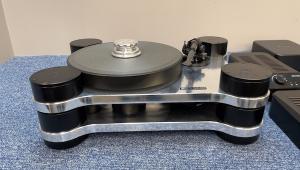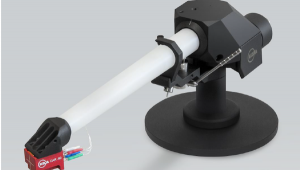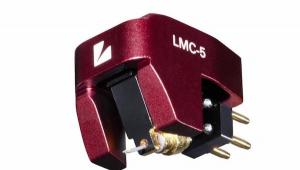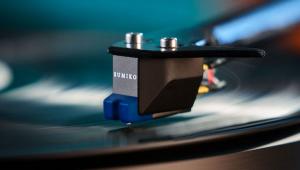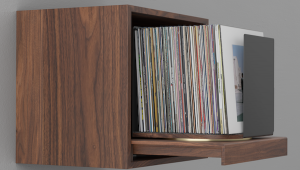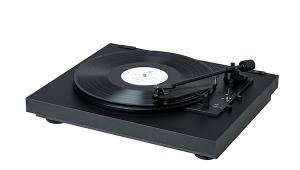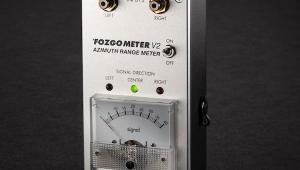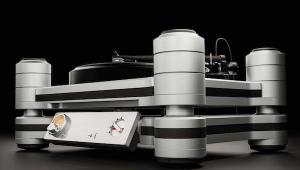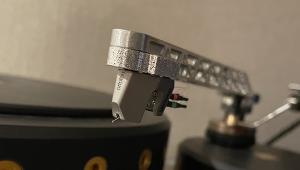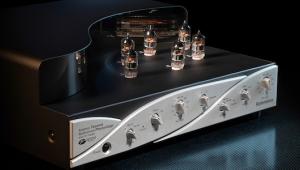I forgot to mention the Naia when I brought up the new Musical Fidelity on one of my posts; it's so nice to see a write-up. I heard the original P9 and liked it. It wasn't perfect, but the looks more than made up for its minor sonic shortcomings. The subsequent model was so much better when I heard it years later. My only complaint was that a slight knock on the plinth would cause it to move. These things are very light. I should hear this, Naia; it looks the business and probably trounces the RP9. It's nice to see Rega pushing the vinyl envelope.
Rega Naia Turntable
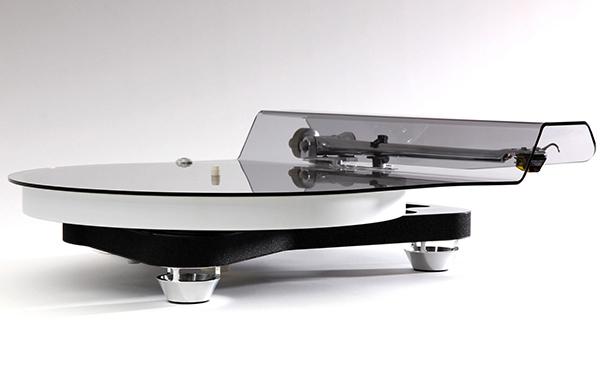
Rega does it yet again here in Year 50. The new Rega Naia turntable builds upon the design legacy of the company’s Naiad test-bed ’table from a few years back — 2017, to be more precise.
According to Rega — the notable British company who also happen to be celebrating their 50th anniversary this year — the Naiad name came from “an almost unknown and challenging piece of piano music that can sound boring and urbane or dreamlike and ephemeral, depending on how it was played.” Fast-forward six years and drop that final “d,” and we now have the market-ready Naia turntable available for one and all looking to experience those two latter-cited (and much more desirable) characteristics.
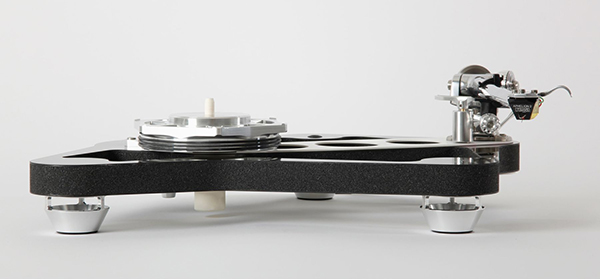
The Naia is said to take Rega’s low mass, high rigidity plinth technology “to the next level” by using a Graphene-impregnated carbon-fiber skeletal plinth with a Tancast 8 foam core. The ultra rigid structure is strengthened further by using two ceramic aluminium oxide braces, the same material that’s used to create the redesigned, resonance-controlled ceramic platter with “improved flywheel effect and complex profile.”
Better yet, you should see the Naia turntable in action and in creation for yourself — something you can do right here, right now, via the YouTube clip below.
The Naia ’table uses a custom aluminium sub-platter with a spindle and central bearing manufactured from ZTA (zirconium toughened alumina). ZTA had been developed for use in much larger machines that are used in the paper industry. The resistance against abrasion appears to be much higher than alumina oxide, in turn making it “the perfect material to construct a central bearing assembly from” (their words).
Rega feels ZTA is better against abrasive wear and is exceptionally hard, with both the spindle and bearing being manufactured from identical material. This is said to reduce the risk of wear, as they have identical hardness. The spindle will run on an ultra-thin layer of fully synthetic oil.
Starting life as a powder preparation with spray drying, this piece is formed in an isostatic press that’s said to apply pressure in all directions to create even density. The piece is then turned in a green state before firing, and then it is fired at 1600°C for three days before grinding the bottom flange and bore ahead of the final honing to match the spindle diameter. The spindle and bearing are then kept together as a set.
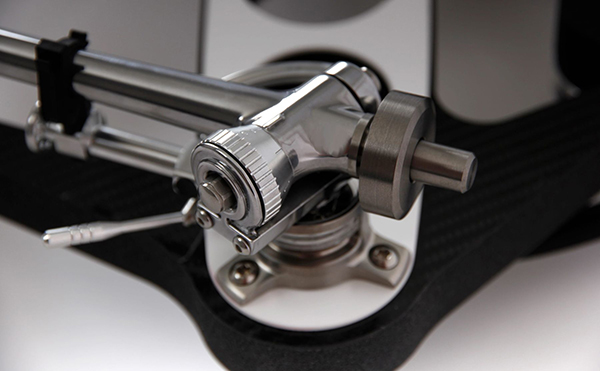
The Naia’s super-lightweight plinth combines with a ceramic top and bottom brace mounted specifically where increased rigidity is required between the tonearm mounting and the main hub bearing. This forms a structurally sound stressed beam assembly, according to Rega. This rigid plinth design prevents energy absorption and unwanted resonances that “will add unnatural distortions to the music.” The tonearm and cartridge must be able to read accurately, directly from the platter, so Rega feels this double brace solution “guarantees as much detail is retrieved as possible.”
The use of said braces instead of the complete skin allows increased thickness in these key areas whilst providing further weight reduction to the plinth, which is said to “directly address the issue of mass absorption and unwanted energy transmission.”
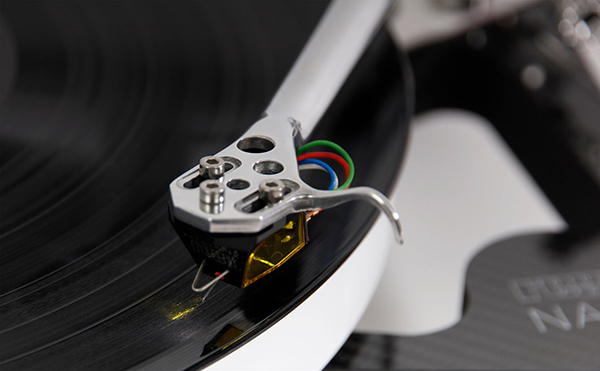
Rega says the structure of the Naia’s RB Titanium tonearm is “designed to have the minimum of mechanical joints whilst using the stiffest materials in all critical areas.” The RB Titanium is purported to achieve “near frictionless movement” horizontally and vertically while having “no measurable free play” in the bearing assemblies. The RB Titanium utilizes a new one-piece titanium vertical bearing and titanium vertical spindle assembly.
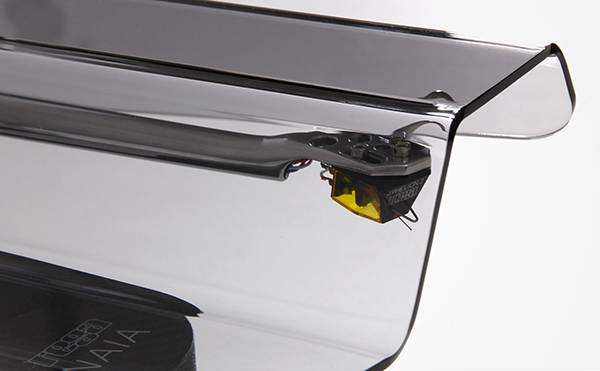
The optional Rega Aphelion 2 moving coil (MC) cartridge is recommended for use with the Naia ’table and RB Titanium arm, and this cart will be mounted upon that hand-polished aluminium single piece arm tube to keep mass as low as possible. The design is completed with a Tungsten balance weight shaft and balance weight. (The Naia ’table is also available without the Aphelion 2 pre-mounted, if you so choose.)
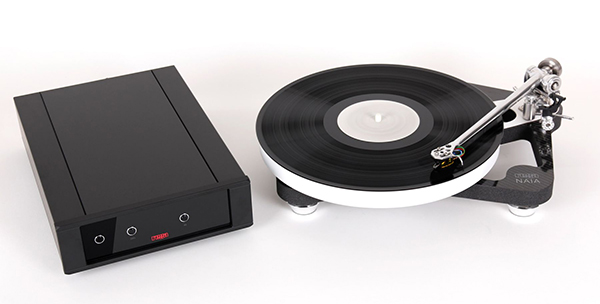
The included NAIA reference power supply offers motor control stability, electronic speed change, anti-vibration control, and user-adjustable, electronic fine speed adjustment to “ensure total accuracy and control over the life of the motor.” Housed in Rega’s latest custom-designed case, this reference PSU is dedicated to running the company’s 24v low-noise motor “as quietly and as accurately as possible.” The speed and control of the motor is achieved by using a DSP generator built upon a high stability crystal. This device is said to divide an accurate square wave from the crystal to the exact frequency required to turn the platter at the selected speed. The DSP core will also generate a “near perfect” sinusoidal waveform to power the motor. Factory-set vibration removal and fine-speed adjustments are then made to the power supply to tune each motor for “optimal performance.”
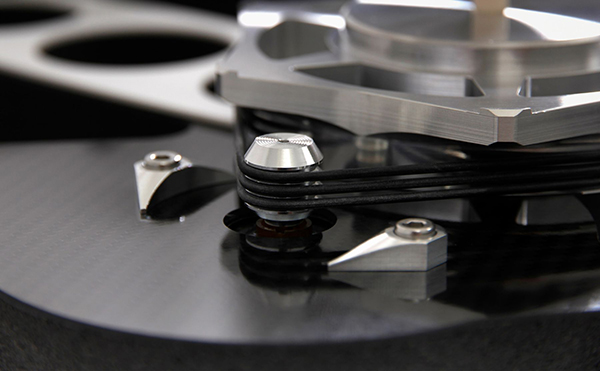
Rega adds that, for three years, they have been working in conjunction with chemists to research and develop a new rubber compound for drive belts. Using a specialized curing system, the new drive belt is said to offer “superior consistency of modulus (a constant representing the degree to which a substance has a particular property, especially elasticity).” These new belts are manufactured on Rega-designed “super-accurate” tools that are said to have been inspired by working with the manufacturer of high-tech Formula 1 engine parts to produce “perfectly round and ‘dimensionally accurate” belts.
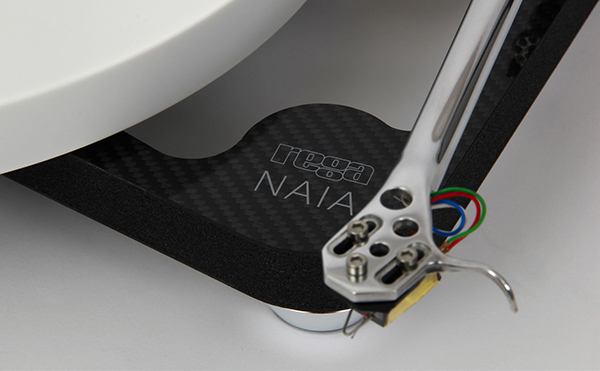
The SRP for the Rega Naia turntable is £9,999 ($12,123 U.S.) without the Aphelion 2 cartridge, or £12,500 ($15,155 U.S.) with the Aphelion 2 cart factory-mounted. (The two respective U.S. SRPs listed here reflect the current exchange rates at the time of this posting.)
For more about Rega, go here.
To find Rega’s authorized global distributors, go here.
If you’re on the North American side of the Pond, scroll directly down to the North America section.
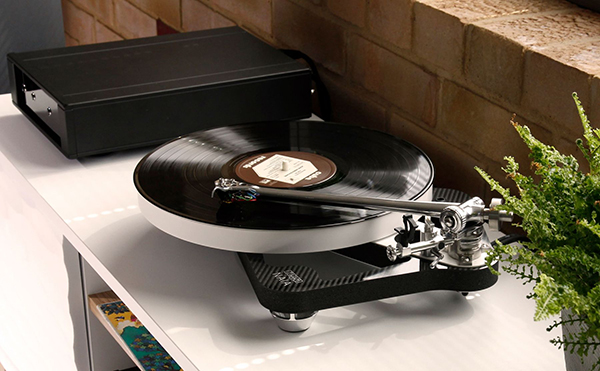
- Log in or register to post comments


If compatible and I don't know if they are, would love to hear this with one of the meatier sounding cartridges like the Dynavector xx2 or something like that. Or at the very least, going into an EAR phono preamp....I feel Regas always need a dot more "meat on their bones" sound wise.

Those footers look like they came off my $1400 Marantz TT15-S1.

Do they really need to be that different? The feet might look alike, probably aren't quite the same, but if utilized based on the same design would it be that bad? The difference is most likely in the rest.
Guessing, and bad-guessing, is the doom of hifi / audio. We think we know, but really we don't.

a scale model of the USS Enterprise NCC-1701 to dock with it. Definitely a Starfleet design, not the Klingon type that's been popular lately.

All the more reason to have one, if you're a Startrek afficionado :-)

I thought the footers appeared brilliant! Those arms from the feet do the decoupling... very nice. The rest of the table is utterly impressive as well.

By using braces strategically, the manufacturer can make certain parts of the plinth thicker and more robust. This can enhance the structural integrity of the plinth, pacman full screen making it less prone to vibrations or resonances that can negatively impact audio quality.


